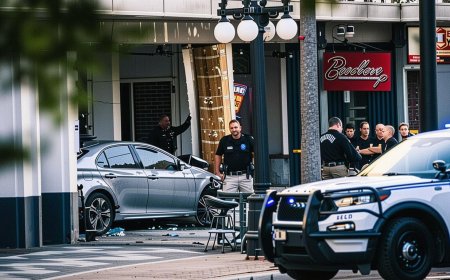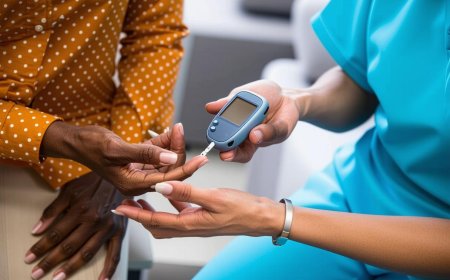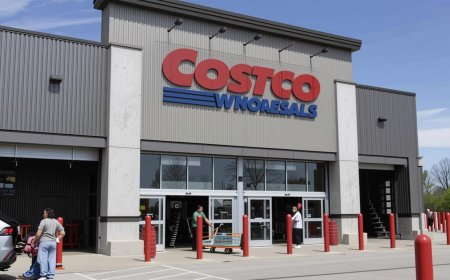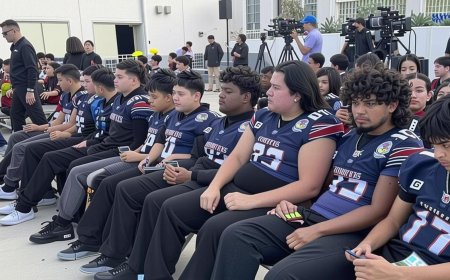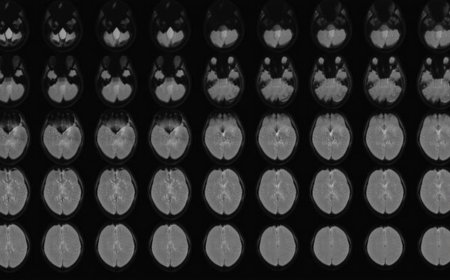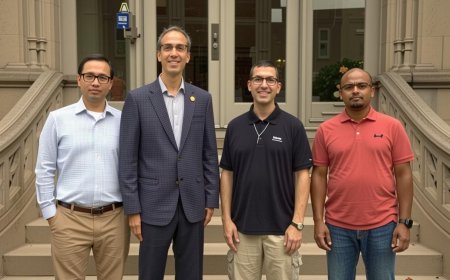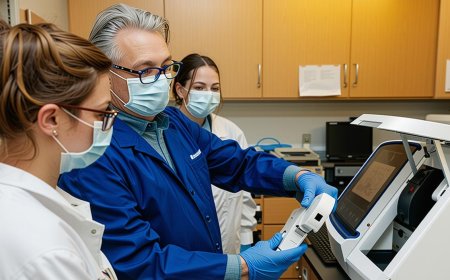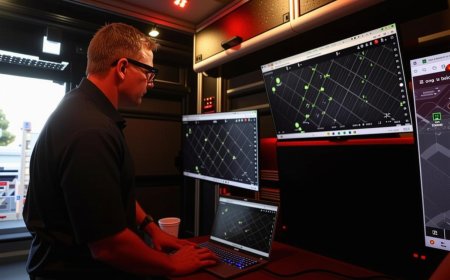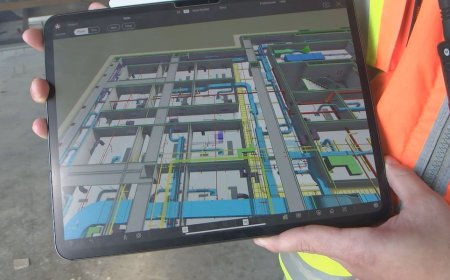LAPD Report Unveils Communication and Tech Struggles in Palisades Fire Response | PRIMENEWSNOW
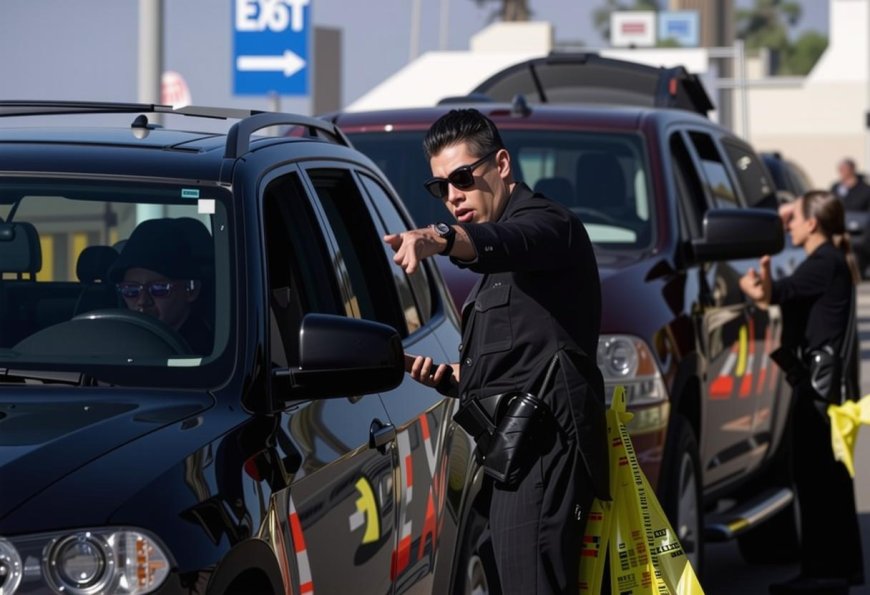
Coordination Challenges During the Palisades Fire
An after-action report from the Los Angeles Police Department (LAPD) highlights significant coordination issues with the Los Angeles Fire Department (LAFD) during the Palisades fire, leading to evacuation delays and confusion.
Communication Breakdown
The report, released on November 4, reveals that the LAPD struggled to maintain effective communication with other agencies, particularly the LAFD, due to unstable communication channels and outdated technology. This 92-page document outlines areas for improvement to better prepare for future incidents in Los Angeles.
Despite these challenges, the report commends the police department’s efforts as “courageous and heroic.”
Experience and Coordination
The LAPD’s limited experience in collaborating with external agencies, especially in dynamic disaster scenarios, was evident. The Palisades fire, which scorched over 23,448 acres, claimed 12 lives, and damaged or destroyed more than 7,000 structures, underscored the need for better inter-agency coordination.
The LAFD’s own report, released in October, cited staffing shortages and challenging winds as major obstacles during the fire response. Meanwhile, the LAPD’s response involved a 29-day tactical alert, deploying over 700 officers daily at the fire’s peak, and coordinating with agencies like Cal Fire and the California National Guard. During this period, 90 crimes were reported, leading to 19 arrests, with burglary being the most common offense in the evacuation zone.
Establishing Unified Command
On January 7, as LAPD officers responded to the fire, logistical challenges such as long travel times to Pacific Palisades and inadequate personal protective equipment hindered their efforts. Communication issues, including delayed tactical alerts and confusion over radio frequencies, further complicated the response.
The lack of a unified command structure between the LAPD and LAFD meant that the two departments did not establish shared objectives or strategies. The report recommends joint training to foster a true Unified Command organizational structure.
Addressing Internal Confusion
The report also identifies internal LAPD issues, such as unclear chains of command and inconsistent documentation. These problems contributed to confusion during the response and are areas the department aims to address through training and policy updates.
Traffic congestion on Sunset Boulevard created additional chaos for evacuees and first responders. A presidential visit on January 7 further complicated matters, tying up officers who could have alleviated the gridlock. Eventually, officers instructed evacuees to leave their vehicles and proceed on foot, a necessary measure as some cars caught fire.
Improving Communication Systems
Communication in the Palisades area is notoriously difficult due to its distance from main towers and the Santa Monica Mountains. During the fire, the situation worsened as the Green Mountain radio repeater site was shut down, and radio and cell sites were damaged.
The report suggests enhancing radio reception, testing systems for emergency readiness, and establishing a fallback radio frequency for mutual aid situations. It also recommends equipping patrol cars with natural disaster kits and utilizing other city agencies better suited for specific tasks.
Evacuation Efforts and Challenges
As the fire threatened unevacuated neighborhoods, an LAPD supervisor’s decision to evacuate areas like the Alphabet Streets and Via Bluffs likely saved many lives. By 7:15 p.m., homes in these neighborhoods began to catch fire, with significant destruction in the Via Bluffs and Alphabet Streets.
Cal Fire eventually took over fire management, setting up a Unified Command Post at Zuma Beach. However, poor communication with the LAPD’s staging area at Will Rogers State Beach caused further issues, necessitating physical document delivery between the two locations.
Lessons Learned and Future Preparedness
Governor Gavin Newsom’s activation of the National Guard added another layer to the response, though initial uncertainty about their role caused delays. The report emphasizes the importance of understanding deployment limitations in advance.
The unfamiliarity with the Genasys zone mapping system also posed challenges during evacuations. The LAPD is now collaborating with the fire department to integrate this system, recognizing its efficiency once officers became accustomed to it.
Investigations into the five deaths reported in Los Angeles continue, led by the LAPD’s Robbery-Homicide Division and Major Crimes Division, in partnership with the Bureau of Alcohol, Tobacco, Firearms and Explosives.
What's Your Reaction?
 Like
0
Like
0
 Dislike
0
Dislike
0
 Love
0
Love
0
 Funny
0
Funny
0
 Angry
0
Angry
0
 Sad
0
Sad
0
 Wow
0
Wow
0








